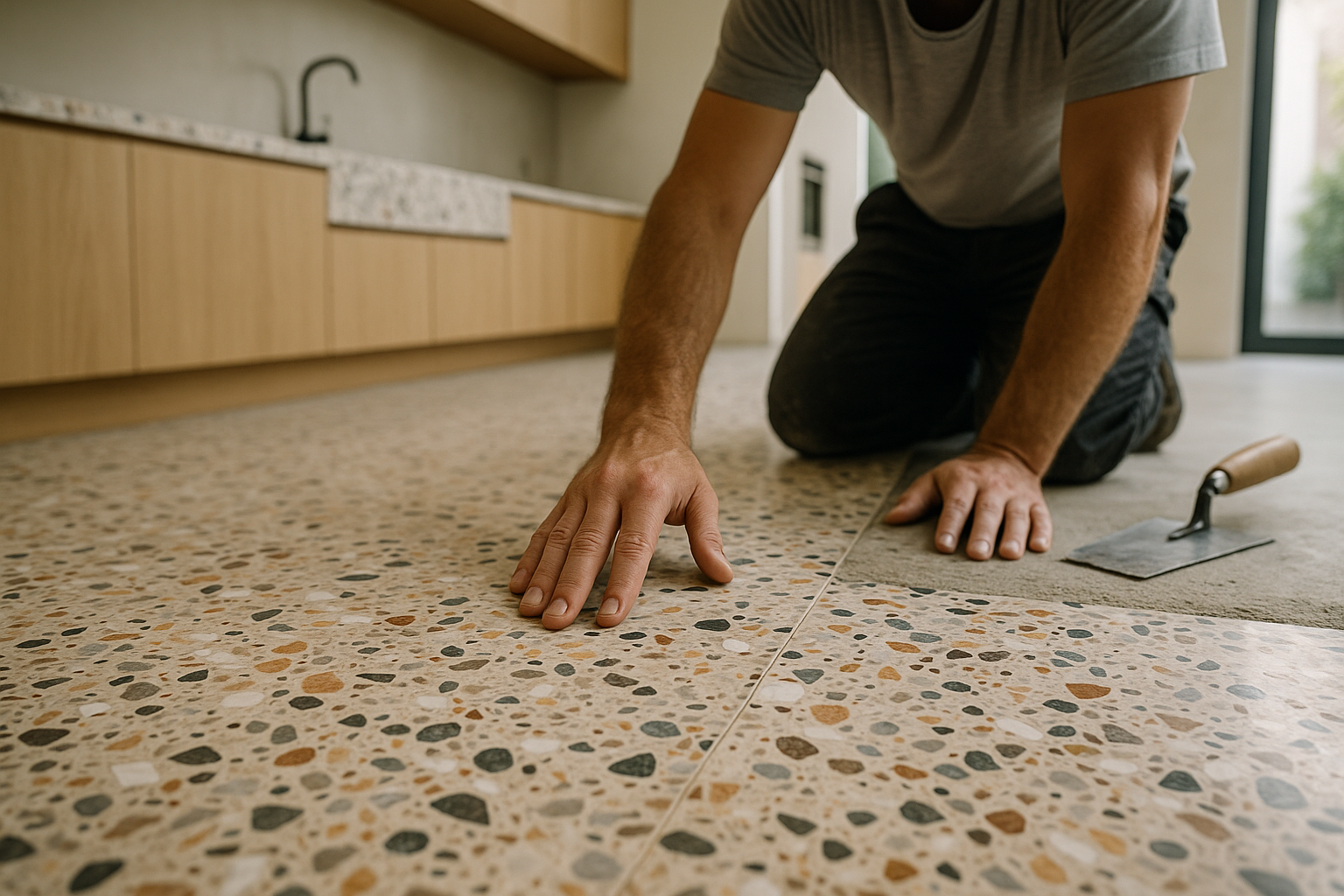Ventilation Approaches to Prevent Moisture Damage in Shower Spaces
Effective ventilation is a core preventive measure against moisture damage in shower spaces. Properly planned airflow reduces condensation, protects tiling and fixtures, and supports long-term waterproofing and maintenance. This overview outlines practical strategies to integrate ventilation into remodeling, layout, and ongoing care.

Moisture control in shower spaces begins with purposeful ventilation planning during renovation or remodeling. When showers release hot, humid air, that moisture must be removed quickly to prevent condensation on walls, ceilings, and fixtures. Failure to manage humidity contributes to degraded grout, warped flooring, mold growth, and compromised waterproofing. A combination of mechanical and passive ventilation, coordinated with tiling, plumbing, drains, lighting, and storage choices, helps preserve materials and maintain healthy indoor air quality.
How does ventilation fit into renovation plans?
Integrating ventilation early in a renovation ensures the fan capacity, duct routing, and electrical controls align with the new layout and waterproofing systems. Choose an exhaust fan sized for the shower area and cube footage; a fan that is too small will not clear humidity, while an oversized fan may be noisy and waste energy. Consider where the fan will discharge outdoors to prevent reintroducing moisture into attics or wall cavities. During layout planning, position vents to serve both the shower and surrounding bathroom space, and coordinate with lighting and fixtures to avoid blocking airflow with cabinets or bulkheads.
What role does waterproofing and tiling play?
Waterproofing and tiling create the first line of defense against liquid water, but trapped moisture from condensation can still harm these systems over time. Select tiles and grout that are compatible with a moisture-controlled environment, and ensure waterproof membranes are continuous behind the tiling and around joints. Proper ventilation helps grout dry faster between uses, reducing the likelihood of staining and biological growth. Sealants and grout sealers should be part of a maintenance plan; however, they are adjuncts to—rather than substitutes for—effective ventilation.
How should plumbing and drains be designed?
Plumbing layout and floor drains influence how moisture behaves after showering. A well-graded floor that directs water to drains minimizes standing water, which otherwise increases ambient humidity as it evaporates. Ensure drains are correctly sized and vented to prevent backups that add to moisture problems. When remodeling, inspect hidden plumbing for leaks and use accessible access panels to make future maintenance easier. Proper plumbing work reduces the chronic sources of humidity that ventilation must counteract.
How to coordinate lighting, fixtures, and storage?
Lighting and fixtures should be selected and positioned with moisture resilience in mind. Use bathroom-rated fixtures with appropriate IP ratings for wet areas, and avoid recessed lighting that can create cold surfaces where condensation forms if poorly insulated. Storage solutions should allow airflow; fully sealed cabinets without ventilation can trap humid air around towels and toiletries. Consider open shelving, perforated shelves, or vents in cabinet backs to promote drying. Placement of fixtures should not obstruct the intended airflow path from the shower toward the exhaust.
How does flooring and accessibility affect moisture?
Flooring choices and accessibility features like curbless showers influence moisture distribution. Slip-resistant, water-tolerant flooring materials can withstand occasional surface moisture, but prolonged exposure from inadequate ventilation will still cause deterioration. Curbless and barrier-free layouts can be easier to clean but require precise grading and reliable drains to prevent pooling. For accessible designs, ensure that grab bars and seating do not create shaded, poorly ventilated zones where moisture can collect; keep these features detachable or located where air circulation reaches them.
What are sustainable maintenance and remodeling practices?
Sustainability in ventilation includes selecting energy-efficient fans with low sone ratings and features such as humidity sensors and timers that run the fan long enough to clear moisture but not waste energy. Heat recovery ventilators (HRVs) or energy recovery ventilators (ERVs) are options in whole-house systems for climates where heat loss from continuous ventilation is a concern. Routine maintenance—cleaning fan housings, checking duct seals, clearing lint and debris from exhaust terminations, re-caulking joints, and resealing grout—prolongs system effectiveness. During remodeling, prioritize durable materials and accessible fixtures so future maintenance is less disruptive.
Conclusion
Preventing moisture damage in shower spaces requires a layered approach: well-sized mechanical ventilation, considered placement and discharge of ducts, waterproofing and tiling best practices, thoughtful plumbing and drainage, moisture-friendly lighting and storage, and ongoing maintenance. Integrating these elements during design and renovation reduces the risk of condensation-related deterioration and supports durable, comfortable shower environments.





